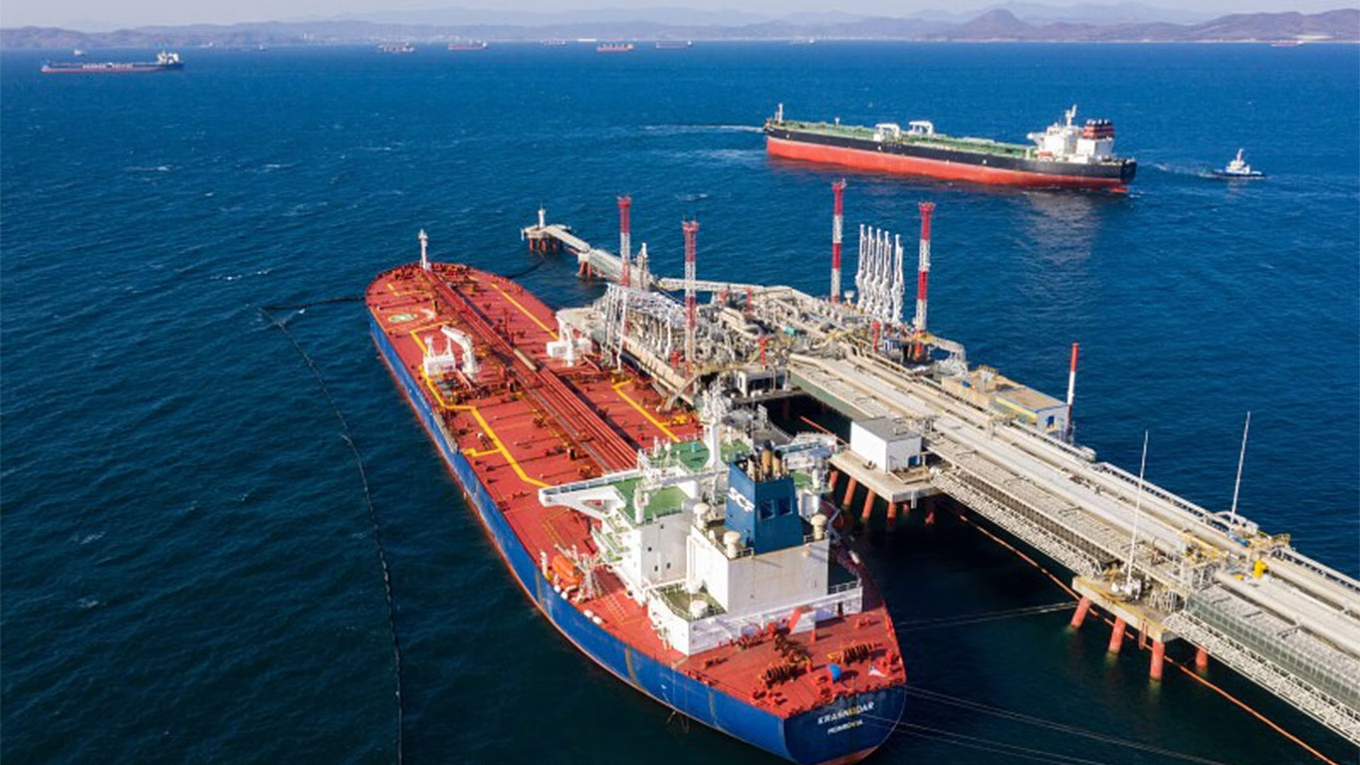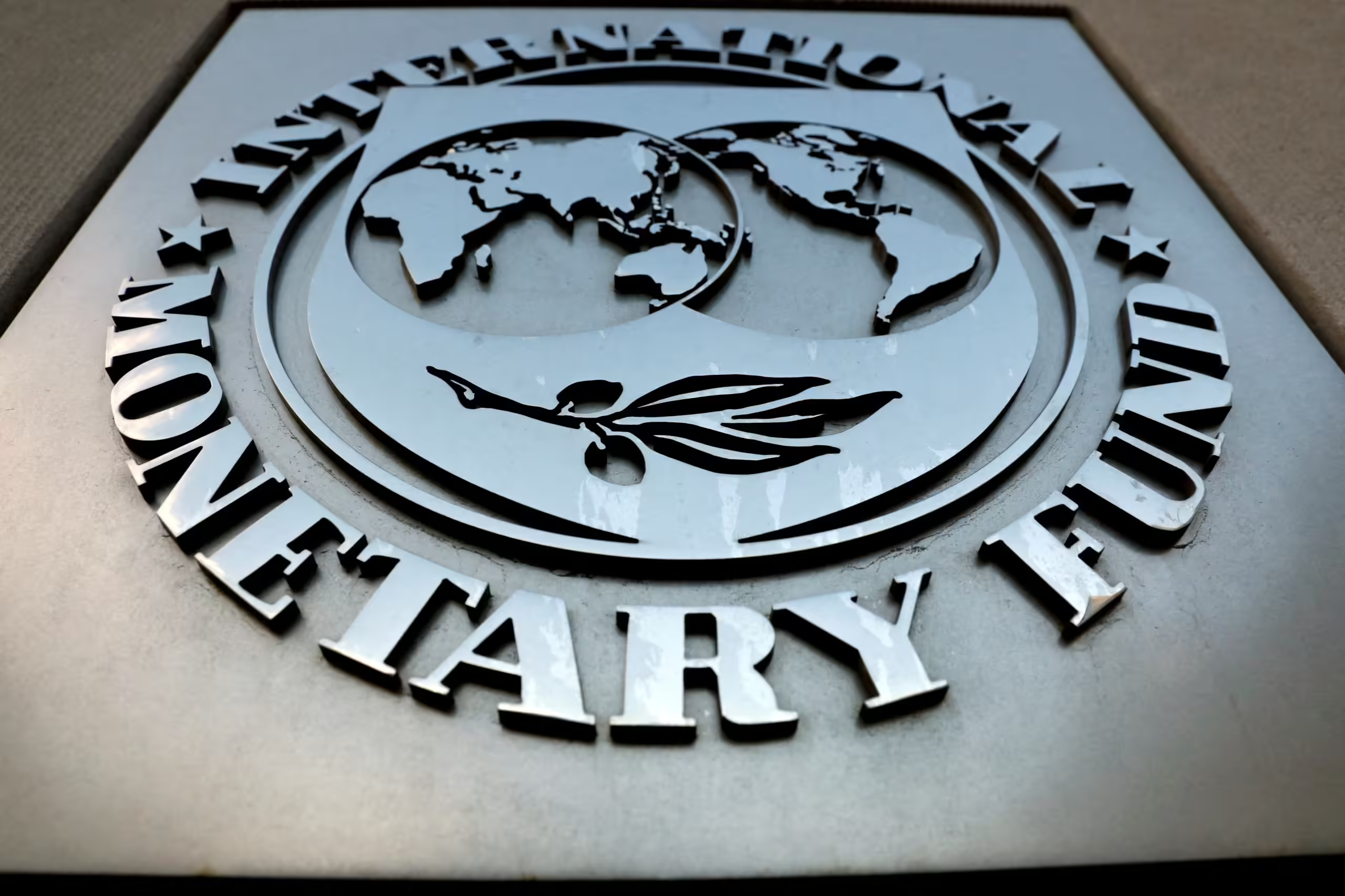Trade for March-loading Russian oil in Asia, particularly to top buyers China and India, has hit a standstill due to a widening price gap between buyers and sellers. This is largely attributed to soaring tanker freight rates, which were impacted by recent US sanctions imposed on Russia’s oil supply chain on January 10.
The new sanctions led to an increase in chartering costs for tankers, which are no longer available to some buyers and ports in China and India, who are now avoiding vessels hit by US sanctions. As a result, offers for Russian ESPO Blend crude, exported from the Pacific port of Kozmino, have surged to premiums of $3-$5 per barrel over ICE Brent on a delivered ex-ship (DES) basis to China. This spike follows a significant rise in freight rates for Aframax tankers on the route, which jumped by several million dollars.
Before these sanctions, demand during the winter months and stronger prices for rival grades from Iran had pushed ESPO Blend crude premiums to China to nearly $2 a barrel, the highest since the Ukraine war began in 2022, following a sharp drop in discounts that reached as low as $6 per barrel.
In India, Bharat Petroleum Corp Ltd’s finance chief revealed that no new offers for March delivery had been received, a shift from the usual pattern, and he expects the number of cargoes offered for March to fall compared to January and December.
Russian crude accounts for 36% of India’s oil imports and nearly 20% of China’s. The latest US sanctions target tankers that transport around 42% of Russia’s seaborne oil exports, mainly to China, though these tankers are gradually offloading oil in both China and India under a waiver period. The US has clarified that these tankers must discharge their cargoes by February 27, and payments for oil aboard must be settled by March 12.
Port delays are further complicating the situation. In China, newly sanctioned tankers have faced offloading delays despite meeting waiver conditions. Tankers such as the Olia, which discharged Russian ESPO crude in Shandong’s Yantai port, have experienced delays of up to three weeks. Meanwhile, other tankers like the Huihai Pacific and Viktor Titov remain stuck at various Chinese ports, still awaiting discharge.
In India, nine sanctioned tankers have offloaded oil since January 10, including several carrying Urals crude, but the situation remains challenging.
With US sanctions and China’s Shandong Port Group imposing a ban, refineries in Shandong province are set to lose up to 1 million barrels per day of crude supply in the short term. This has led independent refiners to scale back operations, with a 400,000 bpd cut in production expected by February.
China’s imports of Russian Far East crude dropped to a six-month low of 717,000 bpd recently, and analyst Xu Muyu predicts they will remain low in the coming weeks. Meanwhile, India is facing a disruption of 450,000 bpd of Russian crude supply but is taking advantage of the ongoing waiver period. Indian refiners have begun sourcing alternative supplies from the Middle East, Africa, and the US in anticipation of further tightening of Russian crude availability.



